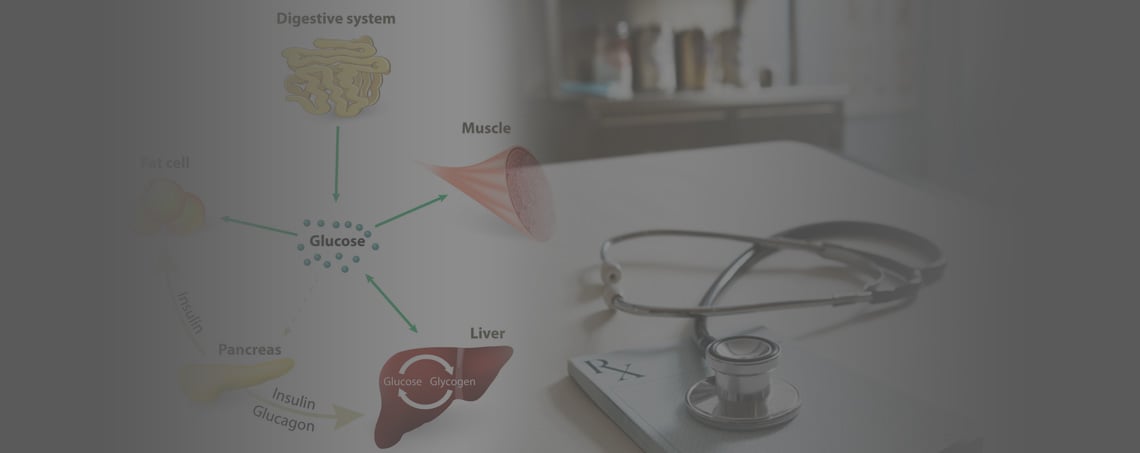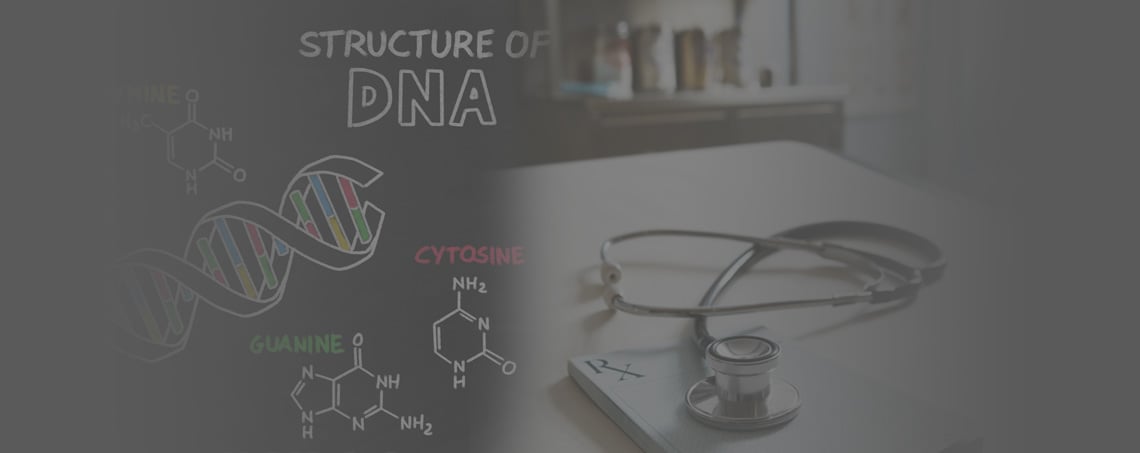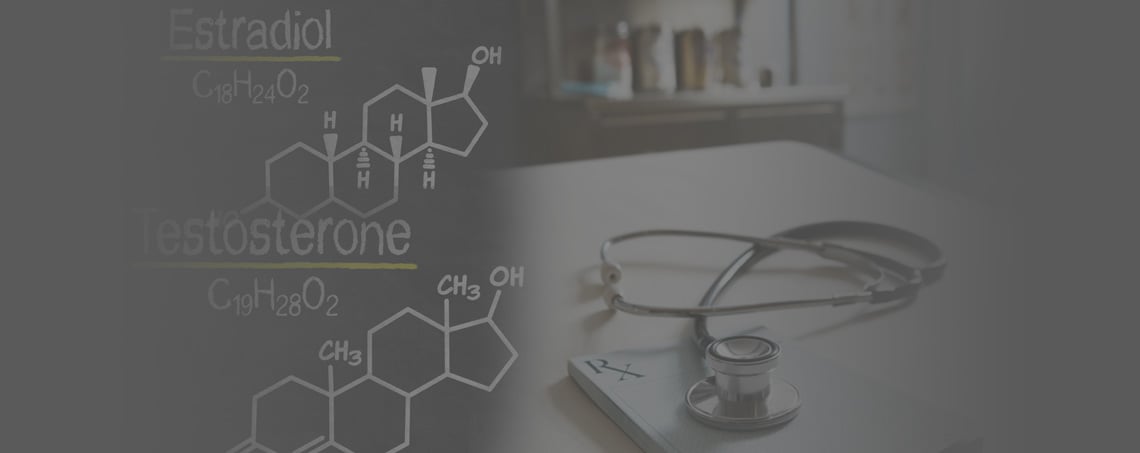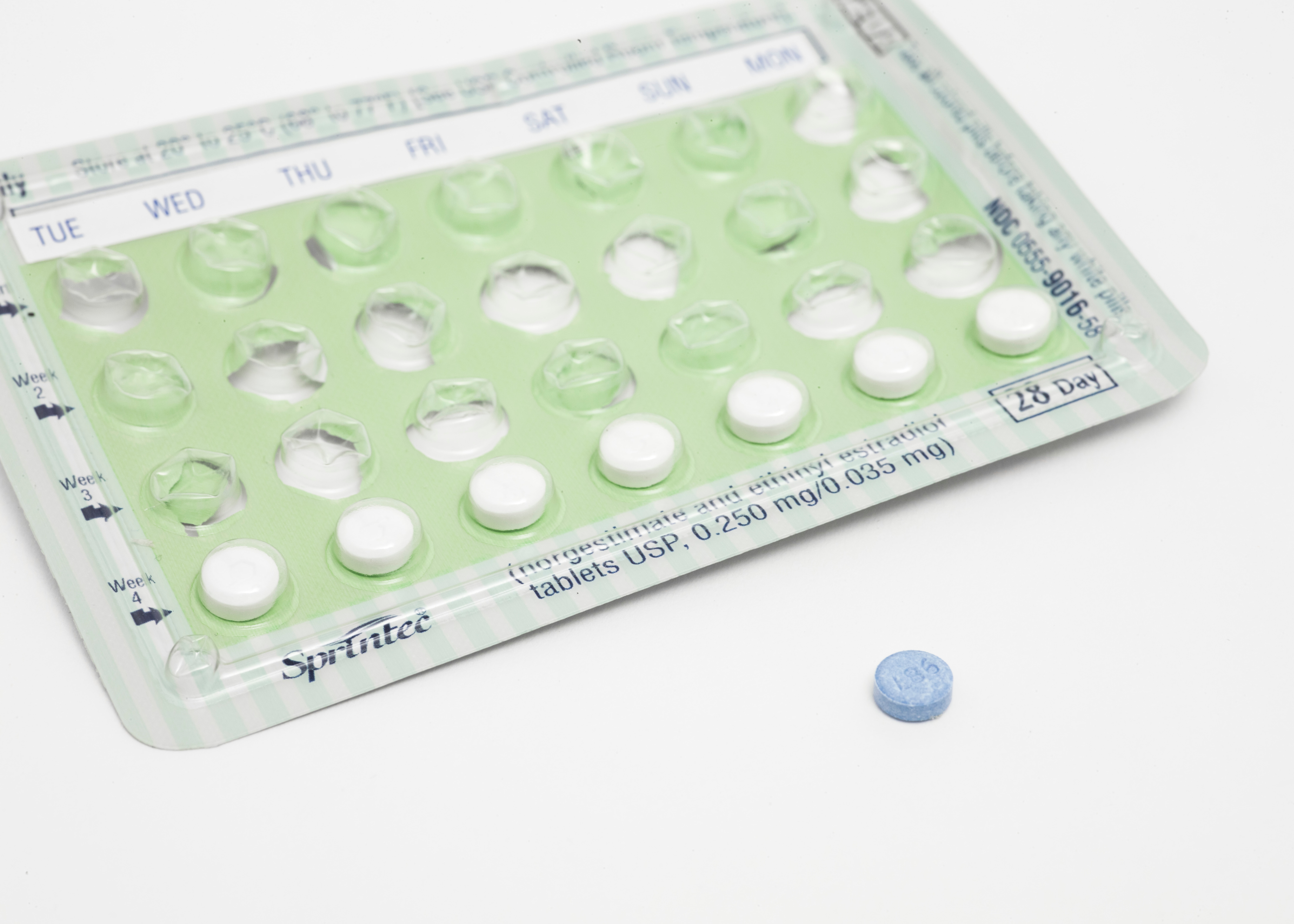This Is How COMT Alteration's Affect Hormone Balance
Are you wondering about the role of COMT alterations on hormone balance? For instance, how COMT gene mutations can lead to an imbalance or alter your hormone levels in general? We are going to discuss this in detail including:
- How COMT alterations affect hormone balance
- How an alteration in your COMT isn't necessarily going to affect your hormone balance.
- The whole pathway of estrogen breakdown which COMT is implicated in.
So if this interest you keep watching we're going to get into the details
COMT Gene Mutation and Hormone Balance
Let's look at how COMT alterations can affect hormone balance or lead to hormone imbalance. There are a few different ways that this can happen. First, and briefly, let's look at what COMT is. I have talked about this in other articles, but I'll give a little bit of information again. COMT is an enzyme and the COMT name is an acronym for catechol-o'methyltransferase. This enzyme helps your body break down or change catecholamines into a less active and less stimulating form of molecules. In some cases the molecules can become more stimulating but that is an aside. When you have a COMT genetic alteration or something going on with your COMT enzyme, this can either increase or decrease the amount of estrogens in your system. So we will get into some of the details of how that works. I also wanted to point out, just as an overview, that not all estrogens are the same and not all estrogen metabolites are the same.
COMT In Normal Estrogen Metabolism
We want to first discuss normal estrogen metabolism so we can understand where COMT gene mutations fit in the broader pathway of estrogen breakdown in the body. Of course, this is more pertinent for female estrogen metabolism but estrogens are also in males. So a similar process is occurring for both males and females. There are three basic different types of estrogen. There is E1 which is estrone. There is also E2 which is estradiol and lastly E3 which is estriol. Estradiol is the most biologically active because it binds to the receptor with the most affinity and seems to have the most activity on the estrogen receptor. Because estradiol has higher estrogen activity, we will focus on the breakdown on estradiol. We will look at how this molecule changes throughout the body as it is being broken down and eliminated.
All estrogens are broken down and eliminated through the body making use of several different enzymes including the COMT enzyme. The first step in estradiol being broken down is called a hydroxylation. This occurs through the use of "cyp" enzymes also know as cytochrome enzymes. There are many different types of cytochrome enzymes in your body. For instance, these enzymes allow for a lot of even medications, other hormones, and toxins to be eliminated through your body. There are specific types of cytochrome p450 enzymes that are pertinent for estradiol break down. Making use of the cytochrome enzymes estradiol gets turned into 4 hydroxy-estradiol by use of the 1B1 cytochrome enzyme. Estradiol can also get turned into 2 hydroxyl-estradiol by use of a difference cytochrome enzyme called 1A1.
Both of these enzymes are basically adding an OH or hydroxyl group onto the estradiol molecule. Once this occurs they are referred to the 2 and the 4 hydroxy-estradiol. The next step is to convert these hydroxy-estrogens into methoxy-estrogen 2 & 4 estrogens. This occurs by making use of the COMT enzyme. By using the COMT enzyme a methyl group is added to these two different types of estrogens. This process is called a methylation reaction. Once that occurs the estradiol becomes less active.
COMT Affect on Hormone Balance

The 4 hydroxy-estradiol gets converted into the methylated form with much less speed compared to the 2 hydroxy-estradiol. Why is that important? Well both forms of 2 & 4 hydroxy-estradiol can create oxidative stress in the body. The 4 hydroxy-estradiol may do this with a little intensity compared to the 2 form.
Remember there are two different forms of cytochrome enzymes that convert estradiol to the 2 and 4 hydroxy-estradiol. 1B1 creates 4 hydroxy-estradiol. So if you have an alteration in the 1B1 enzyme, slowing it down, then you end up with lower amounts of 4 hydroxy-estradiol at any given time. Since the 2 hydroxy-estradiol is eliminated quickly from the body, if you have problems with cytochrome 1B1, that can possibly lead to lower oxidative stress. Whereas an alteration of slowed function in the 1A1 would prevent formation of the 2 hydroxy-estradiol and by default more of the 4 hydroxy-estradiol is formed.
If you want to read more about this and normal estrogen metabolism you can go here. The article does not explicity say this but does point in this direction. It also has some nice graphics and other information about estrogen metabolism. So alterations and those two enzymes can possibly point to some imbalances or some negative effects of estrogen as it's being broken down.
When it comes to the COMT enzyme, if you have a genetic alteration here, it may lead to greater amounts of the 4 hydroxy-estradiol as well. Here is how. When there are two alterations in the COMT gene, this will lead to more estrogens in general. Because the 2 hydroxy-estradiol is already eliminated quickly, alterations in the COMT may lead to higher amounts of the 4 hydroxy-estradiol version. Probably more important, however, is the overall higher amounts of estradiol (regardless of 2 and 4 hydroxy-estradiol).
Read more on COMT and Estrogen Dominance (coming soon)
Generally speaking when we talk about a mutation in the COMT gene, we are referring to a slowdown in the COMT enzyme. Sometimes people refer to COMT as being sped up. However this is just normal, or wild type, COMT enzyme function with no genetic alteration. The article starts by pointing out that the COMT enzyme can result in higher or lower estrogens. This is referring to they type of COMT genetics you have. So that, if you have normal genetics for COMT (val/val), that means you're going to have normal metabolism that works very efficiently. If you have alteration your COMT gene, whether it's heterozygous or homozygous, then the enzyme is going to be slowed down.
COMT, Methylation, and Alternative Estrogen Breakdown Pathways
The last thing to point out with regard to estrogen breakdown is that there are numerous pathways through which estrogens can be eliminated. For instance, after the methylation step there are additional step that occur called sulfation or glucuronidation. These pathways add a sulfate or a glucurate molecule to the methylated form of estradiol. These two additional pathways can happen independent of methylated or after the methylation step. When the estradiol goes through COMT and gets methylated, they can more quickly get the sulfate or glucurate added and be completely eliminated.
However, if you have alterations in your glucuronidation and/or sulfation pathways, it adds more burden to the body upstream. Glucuronidation is a very efficient way to eliminate estrogens and other molecules from the body. Sulfation has less capacity to do this. Once the estradiol goes through the glucuronidation or sulfation steps the estrogen (or other molecules) are quickly eliminated from the body.
So not only do COMT alterations potentially lead to hormone imbalance, other genetic alterations in things like the cytochrome p450, glucuronidation, and sulfation can too. Just because you have a COMT gene mutation, don't assume that you necessarily have problems with estrogen balance. When you have an alterations in COMT enzyme, your likely hood of having higher estrogen is greater. However, it really depends on how these other things are functioning in your body. In addition, you don't have to have an alteration in the COMT to end up with higher estrogen or slowed COMT activity. You could simply have a deficient in the cofactors for COMT like magnesium and SAMe.
That should give you a better understanding of how COMT alterations can affect your hormone balance, lead to hormone imbalance, and in some cases not necessarily change hormone balance. If you are having hormone imbalance symptoms and would like a customized plan to get them back on track, click on the link below to get started.




















